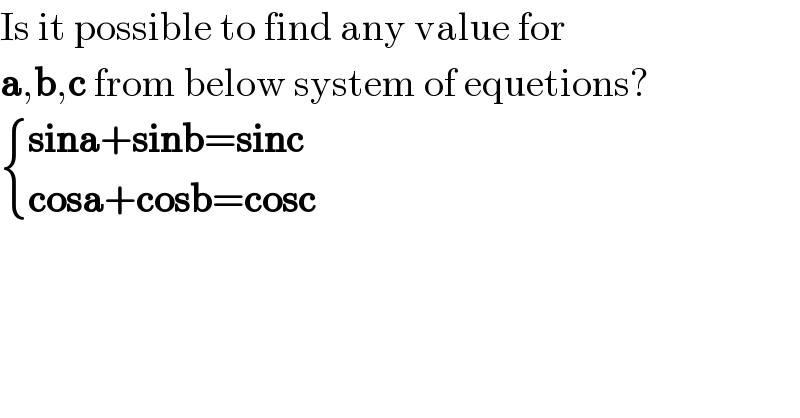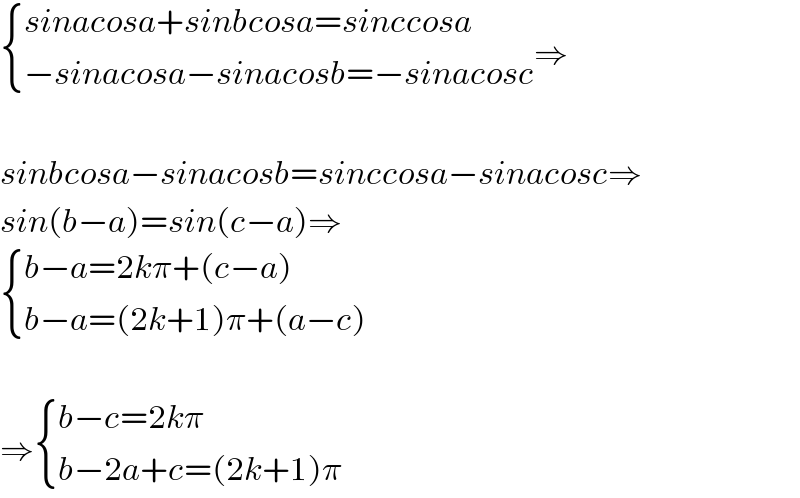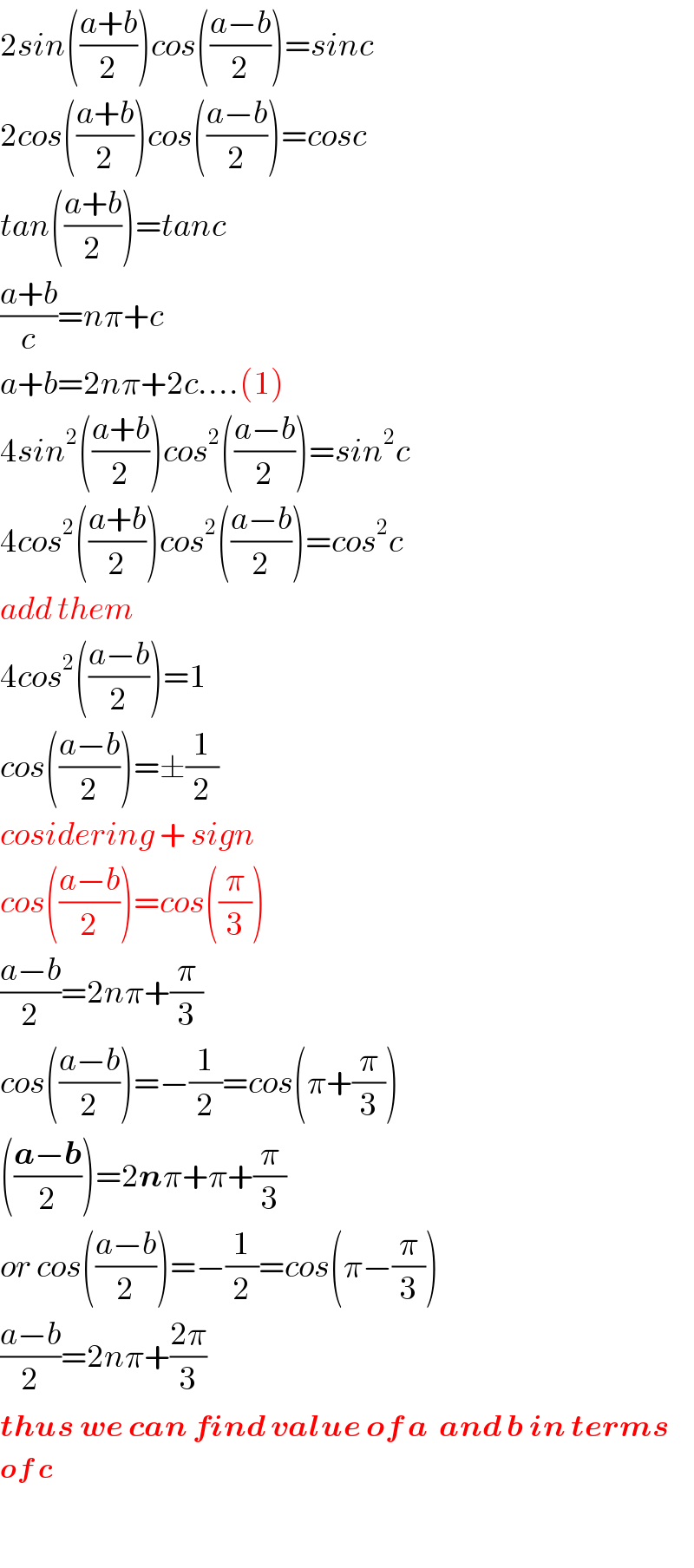
Question and Answers Forum
Question Number 68414 by behi83417@gmail.com last updated on 10/Sep/19

Commented by kaivan.ahmadi last updated on 10/Sep/19

Answered by Tanmay chaudhury last updated on 10/Sep/19

Answered by mr W last updated on 10/Sep/19

